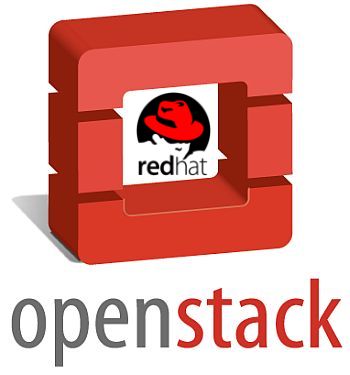Red Hat CTO Says OpenStack Target Will Be Service Providers

Brian Stevens reveals plans to top off the OpenStack distribution RDO with a Red Hat theme
Red Hat recently adopted OpenStack for a major assault on cloud computing, presenting it as “the next Linux”. The open source cloud platform offers the potential to build a similar business in the cloud to what the open source giant has established using Linux on servers.
Red Hat’s OpenStack ambitions have been pretty clear for a while: the company’s CTO Brian Stevens made them obvious on a visit to London in April, when he said: “OpenStack is important to us as it is the operating framework on which we can realise the dream of cloud computing.” He also discussed a future where OpenStack would be a strong play for Red Hat to get service provider partners.
OpenStack needs an ecosystem
Vendors like VMware face questions about their OpenStack support because they have their own virtualisation and cloud software – though VMware’s Joe Baguley told TechWeekEurope, there is no competition between OpenStack and VMware’s vSphere: vSphere is just more mature, and VMware ‘s hybrid cloud embraces both.
![Red-Hat-Brian-Stevens[1]](http://www.channelbiz.co.uk/wp-content/uploads/2013/07/Red-Hat-Brian-Stevens1-300x266.jpg) Red Hat won’t face those questions – it’s delivering a supported release of the OpenStack code for its cloud offering on more or less the same basis as it offers Linux.
Red Hat won’t face those questions – it’s delivering a supported release of the OpenStack code for its cloud offering on more or less the same basis as it offers Linux.
The question Red Hat has to handle is whether OpenStack is ready for prime time and, back in April, Stevens (pictured) tackled the issue head on.
“We need a governance model and a consumption model with an ecosystem,” he told us. “Because nobody wants to get everything from one vendor.”
He also acknowledged that “OpenStack is in an early stage”. Though he stressed it had definitely steamed past the stage where it is “usable”, he said it is “still in a constant fast development cycle, which reminds us of what we saw with Linux many years ago”.
Around 2000, Linux was aiming for the enterprise but wasn’t ready for all use cases, said Stevens. “That is sort of where OpenStack is today,” he observed.
The open source platform appears to have a huge head of steam. “The OpenStack conference happens every six months and it is doubling every time,” Stevens said, adding that April’s OpenStack Summit in Portland Oregon had 3,000 delegates.
Back then, he made it clear that Red Hat’s support wasn’t going to be just about shipping a product: “For us it is about ‘how do we make OpenStack successful’.” To do that will take “federated development all the way through the products.”
In April, Red Hat had become the number one OpenStack developer. “We’ve only been involved for about 18 months but it fits with what our developers do.” Stevens himself has been co-opted onto the OpenStack Foundation board in that time.
Already, he said Red Hat was “in a strong position of guiding the technology, and understanding the technology so we can build customer relationships around it. You can’t do that if you are just a delivery vehicle.”
At that stage, Red Hat had RDO, a packaged distribution of OpenStack. It’s a community release, similar to Red Hat’s Fedora Linux, but the version with full paid support did not arrive till June.
RDO is still there of course, in the classic open source model: “We can monetise tens of thousands, but we needed a model where you can get the technology in the hands of millions,” Stevens told us.
Red Hat’s RDO OpenStack package is not given a “Red Hat flavour” he said: “We are taking those exact technologies and we will get it so it is installable, usable and configurable. on RHEL [Red Hat Enterprise Linux] or Fedora.”
The RDO version has been a huge success with users and the full-service OpenStack version would meet a big need. “Technology alone doesn’t solve enough of a problem. Customers want service, relationship managers, all the How-Tos, and blueprint architectures,” he said.
He also previewed Red Hat’s plans for OpenShift, the platform as a service product that launched in June: “You need an OS and a hypervisor that are truly open. We have an open hybrid cloud Open Shift, which lets you build out a data centre over 1,000 RHEL servers, each handling up to 1,000 apps, on top of Amazon’s infrastructure service.”
OpenStack for service providers
In the long term, Openstack will be as much for service providers as for enterprise. “The underlying tech includes a description language for deploying applications. You can specify a multi tier app including IP configuration, and hand that to your cloud orchestration system.
“This has awesome compatibility with our emerging service provider clouds,” he said.
With OpenStack going commercial, Red Hat will be stepping up the search for cloud partners. Stevens predicted these partners at first will start with basic applications such as email services to get the “core apps” out there.
This first appeared on TechWeekEurope UK. Read the original story here.